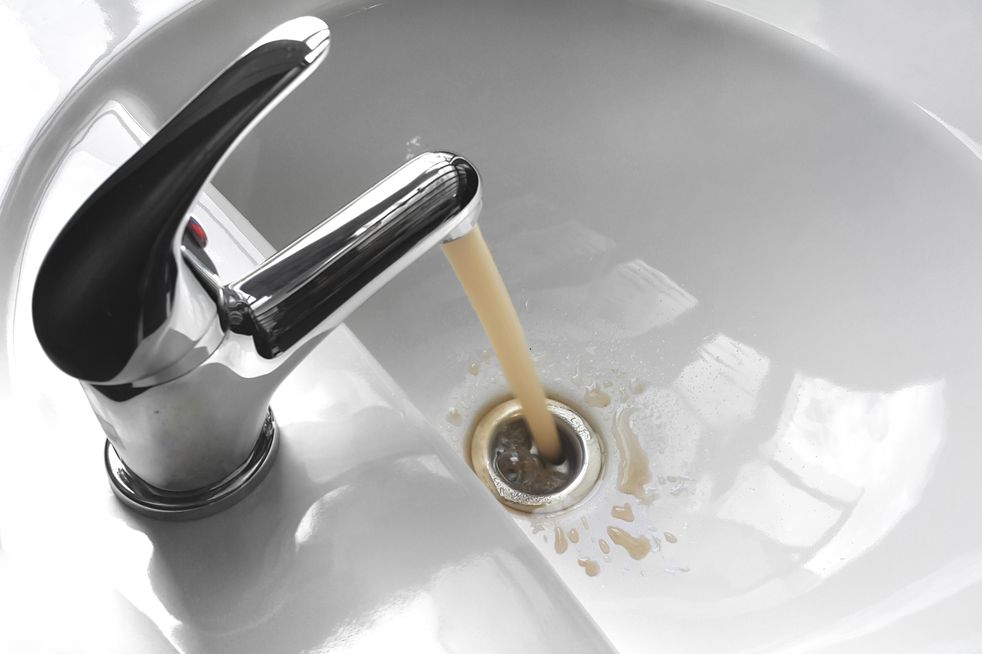
Understanding Solar Attic Fan Noises
Solar attic fans are essential for maintaining a healthy and efficient home environment. They play a crucial role in ventilating your attic,reducing heat and moisture,and ultimately protecting your roof. However,when these fans start making noise,it can be a sign of underlying issues that need addressing.
One of the leaders in solar technology for your roof,is PES Solar,located in Central Florida. For more information,please contact them.
The Role of Attic Ventilation
Proper attic ventilation is vital for the longevity of your roof. It helps in balancing temperature,reducing heat accumulation,and preventing moisture buildup. This,in turn,extends the life of your roof and minimizes cooling costs.
Common Causes of Fan Noises
Identifying the cause of the noise is the first step in troubleshooting. Common reasons include improper installation,restricted airflow,wear and tear,and external factors like debris or wildlife.
Diagnosing the Noise
To diagnose the issue,check if the fan is getting enough sunlight and observe the fan’s operation. Differentiating between mechanical and non-mechanical noises will guide you towards the appropriate solution.
DIY Repair Strategies
There are several DIY methods to address solar attic fan noises:
Adjusting Fan Installation
Ensure the fan is properly installed and leveled. A well-secured fan reduces vibrations and noise.
Simple Fixes
Improve attic air circulation and check the solar panel’s exposure to sunlight. Also,ensure all electrical connections are secure.
When to Call a Professional
In some cases,professional help is necessary,especially for electrical issues,vent installation problems,and worn-out fan parts.
Optimizing Air Flow
Enhancing attic airflow can significantly reduce fan noise. Ensure there’s enough intake and exhaust air for efficient operation.
Preventive Measures
Regular maintenance checks and upgrading to quieter fan models can help maintain a noise-free attic fan.
Conclusion
Addressing solar attic fan noises is crucial for a peaceful home and a healthy roofing system. Regular maintenance,proper installation,and sometimes professional intervention are key to resolving these issues. By taking these steps,you can enjoy a quieter home and a well-functioning attic ventilation system.
